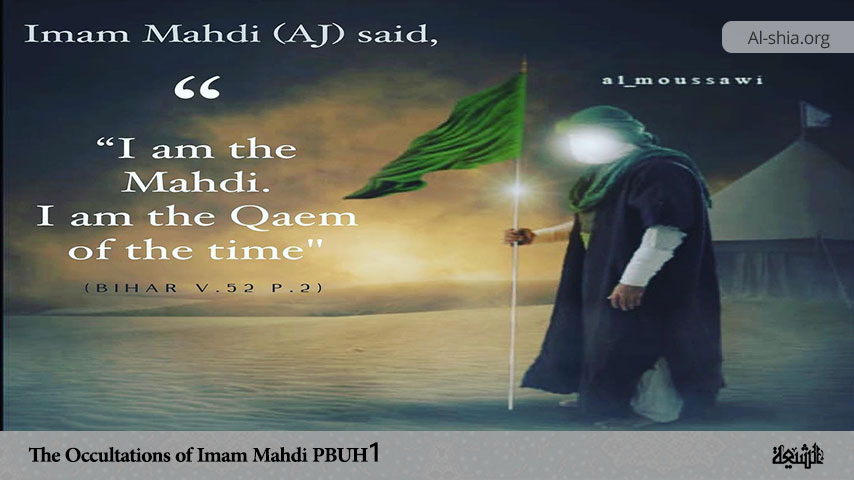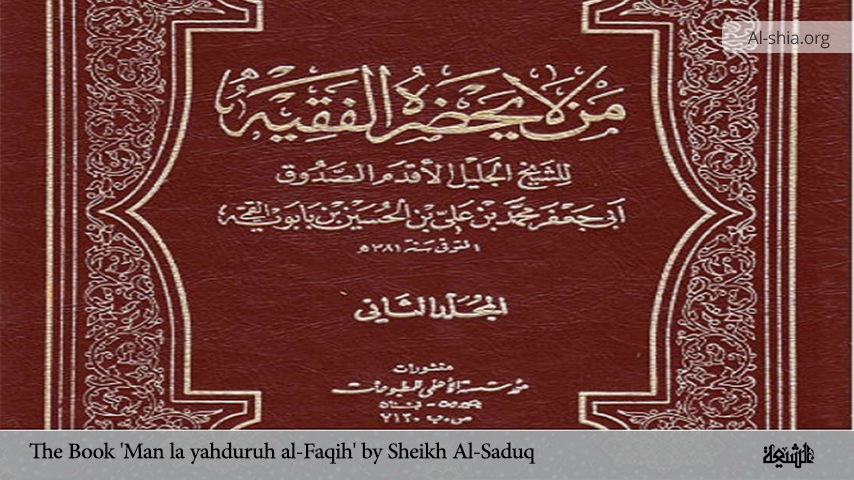In this part of the article titled “The Pseudo-Mahdis”, we shall continue with other relevant issues on the topic here.
Fabrication of Traditions
It was, unfortunately, these conditions that caused the circulation of the traditions describing and praising the Mahdi and foretelling the signs of his appearance. These traditions were uncritically accepted and reported in the books. Any impartial scholar can discover these fabricated traditions by undertaking to investigate the historical accounts of the appearance of these pseudo-Mahdis and then examine the hadith compilations that deal with the characteristics of the Mahdi. Such, for instance, is the case with the tradition in which the Prophet says:
The world will not come to an end until God sends a man from my family, whose name will be the same as mine, and whose father’s name will be the same as my father’s. He will fill the earth with justice and equity as it is filled with injustice and tyranny. (1)
In this hadith, the Mahdi’s father is introduced as possessing the name of the Prophet’s father, that is, ‘Abd Allah. This contradicts many traditions that mention Mahdi’s father to be Hasan. Hence, it is possible to maintain that this hadith was circulated by those who regarded Muhammad b. ‘Abd Allah b. Hasan to be the Mahdi. They must have added the sentence `whose father’s name will be the same as my father’s’ to the original hadith. This is supported by the view held by Muhammad b. Yusuf in his book entitled: al-Bayan. He writes that Tirmidhi relates the same tradition in his compilation without mentioning the additional sentence ‘whose father’s . . .’. Abu Dawud also reports the same tradition without the additional sentence.
In another tradition recorded by Abu al-Faraj in his Maqatil al-Talibiyyin, Abu Hurayra is reported to have heard the Prophet saying: “Indeed, the Mahdi’s name will be Muhammad b. ‘Abd Allah and he will be afflicted with a speech defect. (2)” This tradition is also a forgery of those who supported Muhammad b. ‘Abd Allah b. Hasan’s claim to Mahdiism. It is said that he had difficulty speaking and could barely utter certain words. His followers took this defect to be a sign of the Mahdi and forged a tradition to that effect.
The ‘Abbasids also fabricated traditions to bolster their claim to this eminent role predicted by the Mahdi. According to one of these traditions, Ibn ‘Abbas reported from the Prophet who said to ‘Abbas, his uncle: “At the End of Time there will be Mahdi among you through whom right guidance will spread and the fires of misguidance will be put out. Indeed, God began this matter with us and will conclude it through your progeny. (3)” In another hadith Ibn ‘Abbas reports the Prophet saying: “From us, the Ahl al-Bayt, will arise al-Saffah, al-Mundhir, al-Mansur and al-Mahdi. The Mahdi will be among the descendants of my uncle al-‘Abbas. (4)” There is little doubt that these traditions were forged by the ‘Abbasids.
A tradition is related from ‘Ali b. Abi Talib regarding the appearance of black banners from the direction of Khurasan. “Among these banners is God’s caliph, the Mahdi. (5)” This too appears to be fabricated by the ‘Abbasids or by the supporters of Abu Muslim Khurasani because the Mahdi will not come from Khurasan, and the black banners were the emblem of the ‘Abbasids. There are numerous other traditions that were evidently forged by the ‘Abbasid pretenders to promote support for their cause.
In general, to provide legitimacy to the claims of any pseudo-Mahdi, traditions traced back to the Prophet himself were forged and circulated among the followers. Consequently, there is hardly any prominent leader for whom there were no traditions to promote his Mahdiism. The problem was that many of these individuals had died. But their followers refused to accept their death as real. Hence, traditions were fabricated to relate that their revolution would commence after their death and upon their return to life when God commanded them to do so. Al-Fadl b. Musa reports a tradition in which Imam al-Sadiq was asked by Abu Sa’id Khurasani: “Why was he (i.e., the Mahdi) known as al-Qa’im?” The Imam said: “Because he will rise after his death. He will rise for an important task, as commanded by God, the Exalted. (6)”
Certainly, this hadith was fabricated by the Waqifiyya, who believed that Imam Musa Kazim had not died and would return as the promised Mahdi. Moreover, it is likely that it was fabricated by those who believed that Imam Hasan ‘Askari had died, but would rise later on to establish a just society. Actually, in terms of the science of hadith, the chain of transmission is weak, since it includes a person whose reliability is in question. In a similar tradition with a slight variation, Abu Sa’id asked Imam al-Sadiq: “Are al-Mahdi and al-Qa’im one and the same?”
The Imam replied: “Yes.” Abu Sa’id went on to ask: “Why is he known as the Mahdi?” The Imam replied: “Because he will guide you to the hidden matters.” “Why is he known as the Qa’im?” The Imam said: “Because he will rise after he dies, that is, dies in the people’s remembering that he will rise for the great purpose. (7)” It is evident that the two traditions are actually one. In the second tradition, death is interpreted as a death of the memory of his name.
The belief that the Mahdi will die and then rise to launch his revolution was accepted by some people who were also responsible for fabricating traditions to support their belief. Thus, Imam Sadiq was asked: “Is there an example of Qaim (rising after death) in the Qur’an?” He said: “Yes. A passage in the Qur’an speaks about the owner of the donkey, whose death was caused by God, and then God brought him back to life.(8)” In a long tradition Mu’awiya b. Abu Sufyan reports from the Prophet the following:
The Prophet said: “After my death, an island by the name of Andalusia will be conquered. Afterwards, the army of disbelievers will overpower them . . . At that point, a man from among the descendants of Fatima, the Prophet’s daughter, will rise from the farthest region of the Maghrib. He will be the Mahdi, the Qa’im. He is the first sign of the Hour. (9)”
The tradition was probably fabricated by the Isma’ilis who founded a state in the Maghreb. Many such traditions are single in transmission and, therefore, the information in them cannot be regarded as reliable. More importantly, in comparison to the numerous traditions about the Mahdi reported uninterruptedly, these traditions are not credible at all.
NOTES:
____________________________________________________
1. Fusul al-muhimma, p. 274
2. p. 164
3. Dhakha’ir al-‘uqba, p. 206
4. Ibid., p. 206. See also al-Sawa’iq al-muharriqa, p. 235
5. Yanabi’ al-mawadda, Vol. 1, p. 57
6. Ithbat al-hudat, Vol. 7, p. 27
7. Ithbat al-hudat, Vol. 7, p. 34
8. Ibid., Vol. 7, p. 28
9. Ibid., Vol. 7, p. 242

















